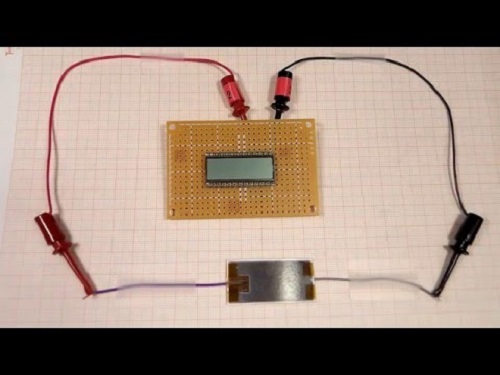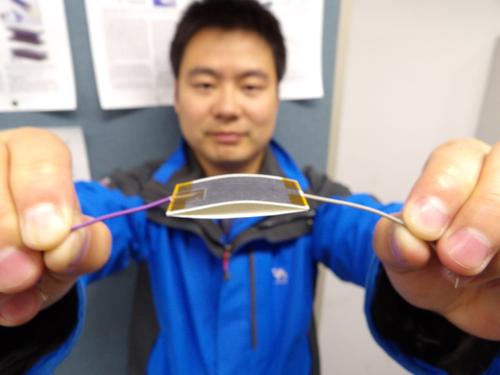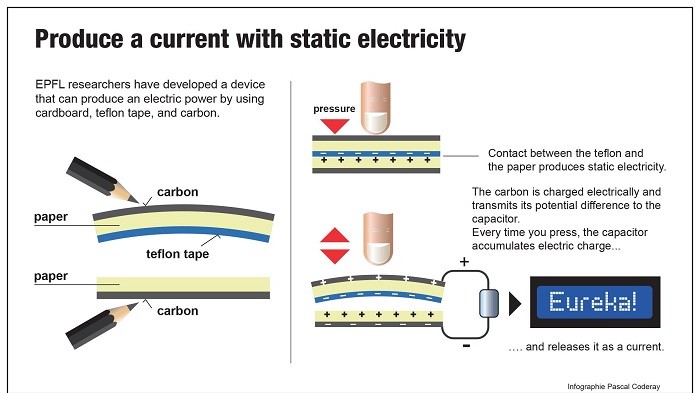Xiao-Sheng Zhang, a postdoctoral student at Ecole Polytechnique Federale de Lausanne and the University of Tokyo, has presented a small device made of every day materials, which can in and of itself produce enough energy to power several diodes.
To generate the electricity, measured to be the same level of voltage as two AA batteries, the student used a piece of cardboard, Teflon tape, and a pencil.

Now, this notion is nothing new — the underlying idea to this system is static electricity; that is, when two insulators (the paper and Teflon) come into contact, they either gain or lose electrons.
In this instance, though, the 8cm-2 device consists of two small cards, with one side of each card covered in graphite from an ordinary lead pencil. The point in doing this is for the carbon to serve as the electrode.
When Teflon is applied to the opposite side of one of the cards, and the two cards are brought together, a sandwich is essentially made, wherein two layers of carbon are on the outside, then two layers of paper, and finally, on the inside, a layer of Teflon.
Everything is then taped together in such a way that both sides do not touch one another, thereby making the system in its natural state electrically neutral. When someone presses their finger to the system, though, the two insulators come into contact with one another; this creates a charge differential, where the paper is positive, and the Teflon is negative. When pressure is released, and the cards separate, the charge passes on to the carbon layers, which act as electrodes. By placing a capacitor on the circuity, the current generated can then be absorbed.

To boost the output of the device, Zhang used sandpaper on the cards to create a rough surface which, in turn, increased the contact area. All told, doing this improved the system’s output a total of six times. And if one is to press their finger against the cards at a rate of 1.5 times per second, for a short period of time the capacitor will release the same amount of voltage as that which is supplied by two AA batteries — enough energy to power a couple of micro- / nano-sensors.

Research into the use of everyday items for the purpose of producing electricity formally started back in 2012, and was referred to as triboelectric nanogenerators.
“The one that we developed in the framework of this European project is the first one to use natural, everyday and environmentally friendly materials,” said Jürgen Brugger, a professor at the Microsystems Laboratory, explaining the significance of Zhang’s project.
The point in researching triboelectric nanogenerators is to bring modern-day technologies to developing areas of the world; in particular, in the areas of medicine. Low-cost sensors made of paper can be used for diagnostic purposes. Furthermore, improvement upon Zhang’s design could very well lead to a solution that eliminates the need for conventional batteries. And since a system as that which is described here does not produce any sort of waste, it can be specially designed to be incinerated or left to naturally decompose when finished.
To watch the creation of this Zhang’s device, and to see it in action, check out the clip below:
Advertisement
Learn more about Electronic Products Magazine





